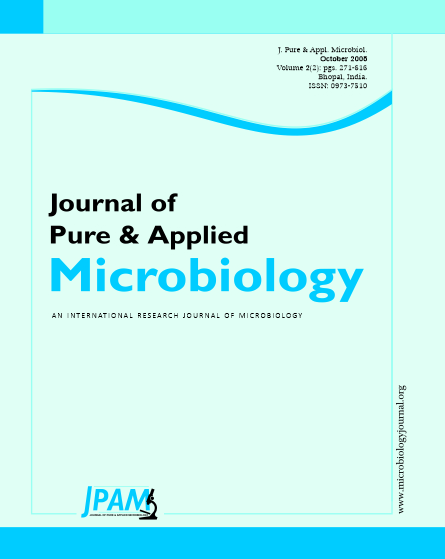Dandruff samples were collected from 40 subjects and were screened for Malassezia furfur infection. 10 isolates were obtained and extracts of Sapindus trifoliatus, were checked for anti-dandruff activity against these isolates. Malessezia furfur is considered to be the resident flora of the normal scalp, but the degree of infection is correlated with the degree of dandruff. Anti-fungal susceptibility testing was done using extracts prepared in various solvents like water, ethanol, acetone & hydro-alcohol. Their inhibition activity was checked using Paper disc method against the isolates as well as the standard culture Malessezia furfurATCC14521. and with standard anti-fungal drugs. An attempt was made to separate the various components present in the plant extract and also to detect the active component using HPTLC. Preparative HPTLC was done to elute identified saponins from the extract of Sapindus trifoliatus and were found to be inhibiting Malassezia furfur invitro. The amount of saponins present in the plant extract was quantified using densitogram. Alcohol extract contained 7.7% saponin whereas water extract contained 0.83% saponin. This implicated that saponin is one of the components which was found to inhibit Malassezia furfur . Sapindus trifoliatus was found to be an effective remedy for Piyriasis capitis in- vitro.
Sapindus trifoliatus, solvent extract, Malassezia furfur, active component
© The Author(s) 2008. Open Access. This article is distributed under the terms of the Creative Commons Attribution 4.0 International License which permits unrestricted use, sharing, distribution, and reproduction in any medium, provided you give appropriate credit to the original author(s) and the source, provide a link to the Creative Commons license, and indicate if changes were made.


